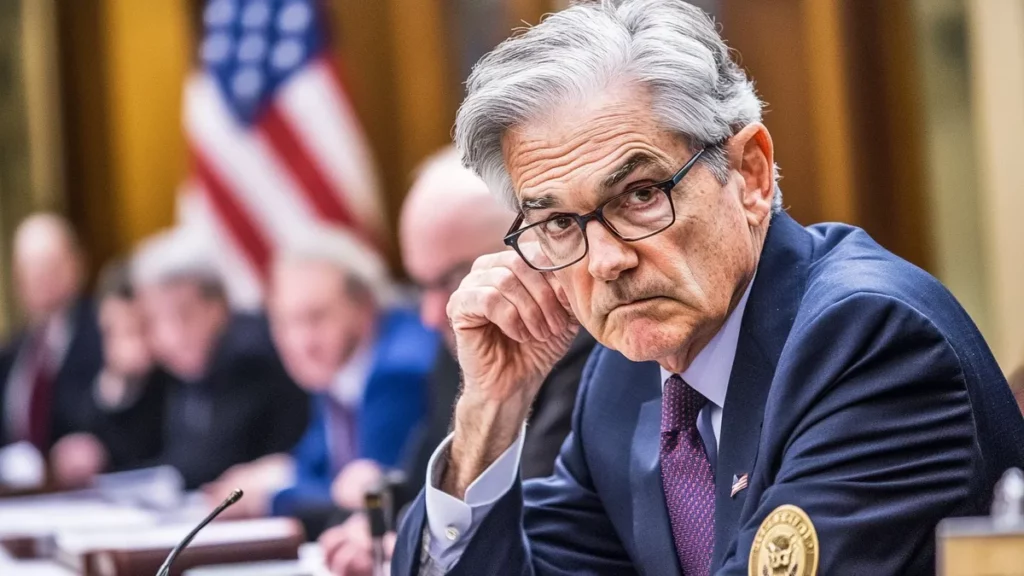
For the first time in four years, the Federal Reserve announced a 50 basis point rate cut during its meeting this morning. Following the announcement, the long-dormant crypto market saw significant volatility.
Bitcoin surged from $59,000 to over $62,000, Ethereum rose from $2,200 to break $2,400, and altcoins also benefited from the rally. SEI jumped 22%, exceeding $0.34, and BLUR surged 17%, surpassing $0.20.
According to Coinglass, the total liquidation in the past 24 hours reached $199 million, with $123 million of short positions liquidated.
Historically, after the Fed announced its first rate cut in years in September 2019, Bitcoin didn’t respond immediately with a positive reaction. Instead, it dropped 13.54% from over $10,000 to around $8,300. Will this rate cut lead to a similar pattern in the crypto market, or could it spark an upward trend fueled by improved liquidity?
More Rate Cuts Expected in the Coming Months
The 50 basis point cut far exceeded the market’s expectation of 25 basis points. At the press conference, Powell emphasized that this rate cut does not signal an imminent recession or a collapse in the job market but is more of a preventive action to maintain the current “robust” state of the economy and labor market.
Looking ahead, the market widely expects additional cuts in November and December, with a total of 70 basis points projected for the year. The Fed’s dot plot also suggests another 50 basis point cut by the year’s end.
Concerns about a U.S. recession are diminishing, and a soft landing seems increasingly likely.
Rate cuts are generally favorable for risk assets, though their effects may not be immediate. As cuts continue, liquidity may shift from bonds and banks into stocks and cryptocurrencies over time.
Moreover, the upcoming U.S. presidential election in early November may cause short-term volatility in the crypto market. After the results are announced, sidelined capital could flow into the crypto space.
Despite recent activity, trading volume in the spot market remains low, hovering around $60 billion. Outside of macroeconomic events causing temporary spikes, overall liquidity remains sluggish.
Bitcoin has increasingly become a macro asset reflecting broader economic trends. As liquidity flows back into the market, the crypto sector may finally emerge from its downturn.
Bitcoin Spot ETF Continues to See Inflows
As of September 17, Bitcoin spot ETFs saw a cumulative net inflow of $17.5 billion. After eight consecutive days of outflows from late August to early September, the inflows resumed on September 12, with four straight days of inflows.
Historically, Bitcoin’s price tends to stabilize and rise during periods of strong ETF inflows. Conversely, significant outflows often result in gradual price declines.
Currently, confidence is returning, and off-exchange funds continue to pour in despite a prolonged period of price fluctuations.
Stablecoin Market Cap Continues to Rise
USDT’s market cap has increased from $117 billion to $118.7 billion over the past month, with an inflow of $1.7 billion. Since April, when its market cap stood at $104.7 billion, USDT has seen a net inflow of $14 billion despite the overall market downturn.
USDC’s market cap also rose from $34.4 billion at the end of August to $35.5 billion in less than a month, reflecting an inflow of $1.1 billion.
The total market cap of fiat-backed stablecoins has hit a historic high and continues to climb.
October: Historically a Strong Month
Similar to some stocks, the crypto market exhibits seasonal trends. Summer months tend to perform poorly, while year-end and early-year periods see better returns. Bitcoin has posted strong positive returns in October for eight of the past nine years, with 2018 being the only exception during the bear market.
In 2023, Bitcoin began its ascent in October, fueled by anticipation of Bitcoin spot ETF approvals, sparking a new bull run.
Market Perspectives
Crypto KOL Lark Davis: 2025 Will Be the Cycle Peak, Time to Sell
Lark Davis, a crypto influencer with 500,000 YouTube followers, stated in his September 9 video that 2025 will mark the peak of this cycle, and it’s the right time to sell and exit.
He cites the global liquidity cycle, which is expected to peak in 2025 before declining, along with China’s four-year credit cycle, which may also reach its peak in 2025. Davis believes this could lead to massive market disruption and a subsequent bear market.
Glassnode: Bitcoin Market in Stagnation, Low Activity on Both Sides
Blockchain analytics firm Glassnode noted that Bitcoin is currently in a stagnation period, with low activity from both supply and demand sides.
Over the past two months, Bitcoin’s realized market cap has peaked and stabilized at $622 billion, indicating that most traded tokens are near their original acquisition price. Absolute realized gains and losses have decreased significantly since March, suggesting reduced buying pressure at the current price range.
Hyblock Capital: Bitcoin Liquidity Drying Up, Sign of Price Surge
Shubh Verma, co-founder and CEO of Hyblock Capital, told CoinDesk that their analysis of spot order books reveals that low liquidity often signals market bottoms. These levels may serve as early indicators of bullish trends, often preceding upward price movements.